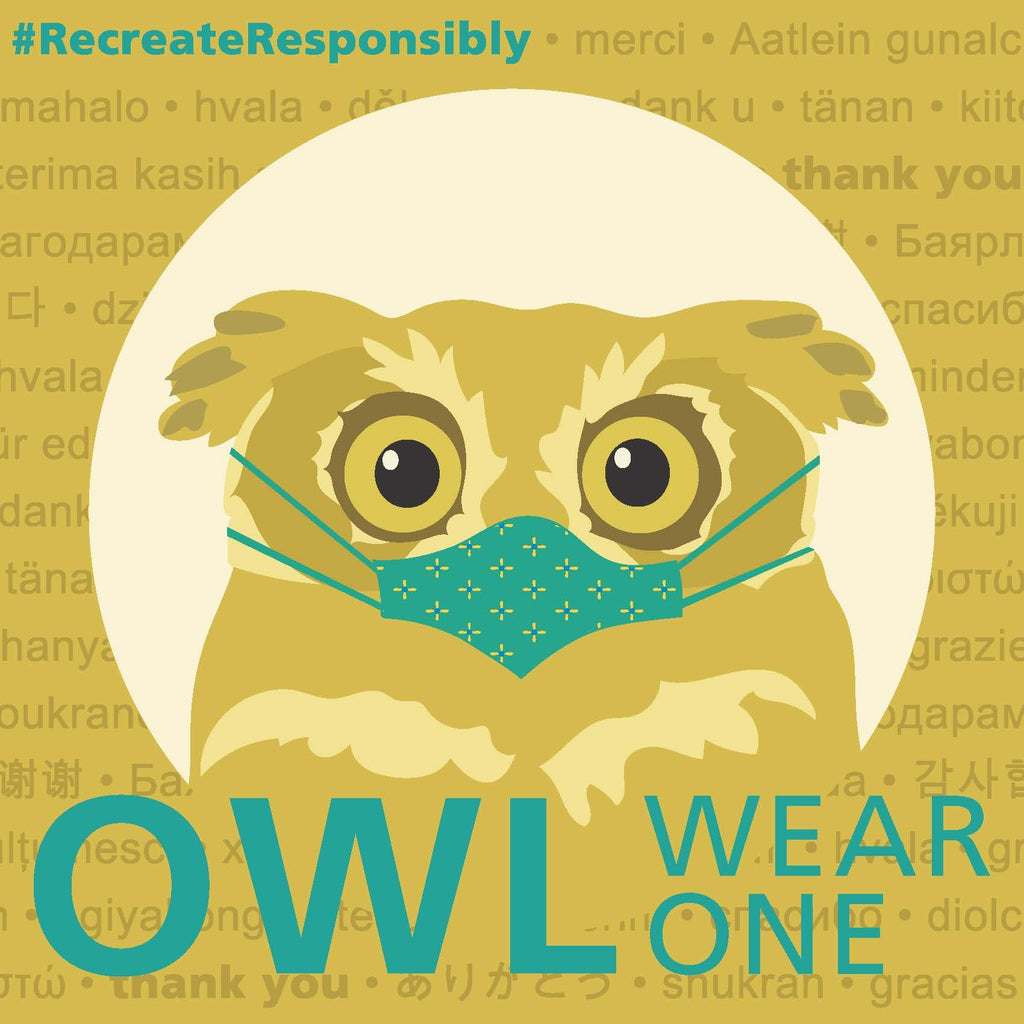Are you a young birder who wants to learn more about birds and find opportunities and groups to explore birds with? We are happy to help you discover the fun and excitement of watching birds in their natural habitat!
How many famous bird watchers do you know? When did they start watching birds? Many famous bird watchers started watching birds before they turned 18. One birder even quit high school and hitch-hiked across the U.S. to study birds. While we don't advocate quitting school or hitch-hiking, we do hope your passion as a youthful bird watcher will last you long into adulthood.
Bird watching as a young person is essentially the same as for your parents and grandparents. Here are a few tricks to help make it easier for you.
Tip 1. Bring your binoculars! The birding tool we are most familiar with are binoculars. They allow us to collect information and observe wildlife from a proper distance, without scaring them away. But sometimes they can be frustrating. Often we are handed our grandfather's binoculars – they are heavy and we can barely hold them up, let alone focus them on a bird high in a tree! Get familiar with using binoculars before you go out bird watching. There are some fun activities that will help you practice using your binoculars.
Tip 2. Get (or make!) a bird guide. Bird guides can be fun to review before going out into the field as well as once you are actively birding. Figure out how your bird guide is arranged. Is it according to the different families of birds or by their colors? You may even want to make your own bird guide with your own illustrations and descriptions of when and where you can find the species you see. If you are interested in ducks, geese or swans, you can learn more about North American waterfowl from our online guide.
Tip 3. Find people to go with. Are your friends, parents or grandparents interested in getting out and seeing birds? Is there a bird club in your area specifically for young birders? Birding with others can pair you with people who share a similar interest. You can help each other identify birds and the adults can help share responsibility for supervision. Consider enrolling in a bird camp with other students your age.
Tip 4. You don't need to travel far. If you are limited by transportation, spend time walking or neighborhood birding. Often having a bird feeder, water source, nesting box or bird-friendly landscaping around your home or school helps bring birds to where you are. You can also see birds in your local park, zoo, museum or by watching a video webcam.
Tip 5. Incorporate your hobby into your school work. You can use birds in just about any topic you have to do for your school work! This makes it more fun to do those math, geography, and reading assignments. There are several programs with teacher approved curricula that will teach you about birds, while achieving your common core standards. The Junior Duck Stamp Program teaches waterfowl conservation through the arts and the Shorebird Sister Schools Program provides activities that help us connect to other cultures. Share these ideas with your teacher and watch this video about one state's successful Junior Duck Stamp program!
Tip 6. Take part in a Citizen Science Project such as the Great Backyard Bird Count, Project Feeder Watch, or the Christmas Bird Count for Kids.
Tip 7. Birding manners are important. You see so many more birds and get to enjoy them so much more if you show them you respect them. Be as quiet as possible and enjoy their sounds. Don't harm them. Do you know what to do if you see a baby or a hurt bird?
Tip 8. Be comfortable and safe! Make sure you are dressed for the weather. Take water with you. Wear sun screen, a hat and insect repellant. Go with an adult and make sure your parents know where you are going and when you expect to return. And most importantly – have fun!



